What's the difference between ORC cherry and aricha? What is the native species?
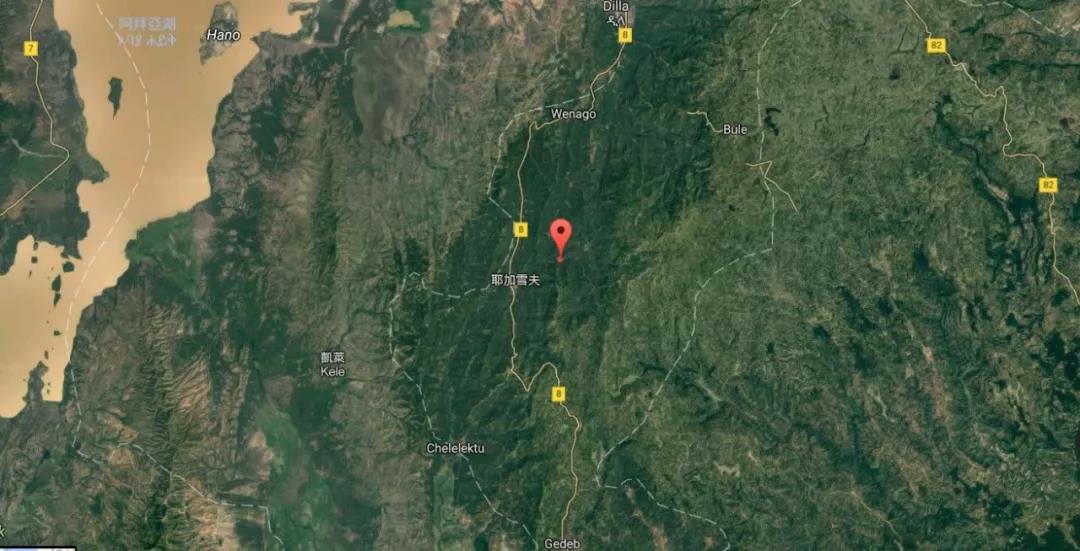
Professional coffee knowledge exchange More coffee bean information Please pay attention to coffee workshop (Weixin Official Accounts cafe_style)
There are eight major coffee producing areas in Ethiopia: Lekempti, Limu, Illubabor, Djimmah, Harar, Teppi/Bebeka, Sidamo and Yirgacheffe.
Yegashefi is a small town in Ethiopia with an altitude of 1700-2100 meters. It is one of the highest coffee producing areas in the world and synonymous with Ethiopian fine coffee. Lake Turkana, Lake Abaya and Lake Chamo bring abundant water vapor here. In the rift valley represented by Misty Valley, fog permeates all year round, spring is like all the year round, the breeze is gentle, cool and humid, thousands of coffee trees thrive and multiply, giving birth to the unique fragrance of flowers and fruits of Yejia Xuefei, which is ambiguous and unpredictable.
Initially, Yegashefi's coffee trees were cultivated by European monks (a bit like Belgian monks growing wheat to brew beer), but later by farmers or cooperatives. Coffee trees are naturally scattered in forests and fields and backyards. During harvest season, Ethiopian coffee trading companies would come to town to buy coffee beans collected by farmers and eventually auction them for export under the brand name "Yegashefi."
What is Project Red Cherry?
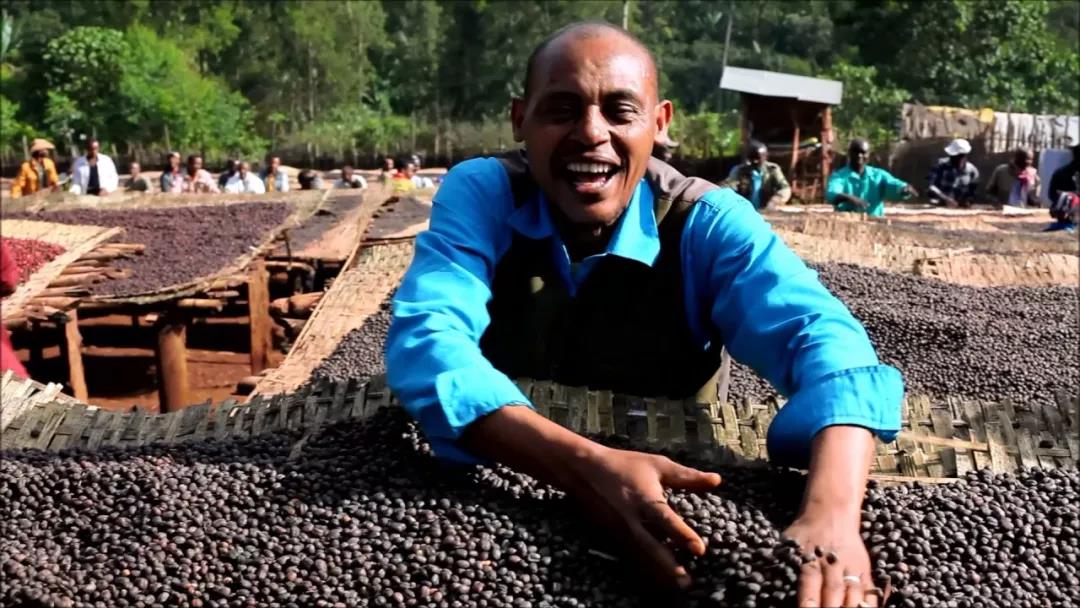
The Red Cherry Project (ORC) is a project to improve the quality of small-scale farms. In 2007, Trabocca, the largest soybean producer in the Netherlands, proposed the Red Cherry Project in pursuit of high-quality Ethiopian beans. The plan requires that green coffee beans be picked not only by picking all red fruits, but also by hand, but this is only the most basic requirement, and the plan is far from simple.
With the main aim of encouraging farmers and surprising roasters, Trabocca, the largest coffee producer in the Netherlands, invites all Ethiopian farms to produce small batches of beans of about 1500-3000 kg (25--50 bags) before harvest season. Women can only select completely 100% ripe red cherries, which has a great difference in the flavor of brewed coffee.
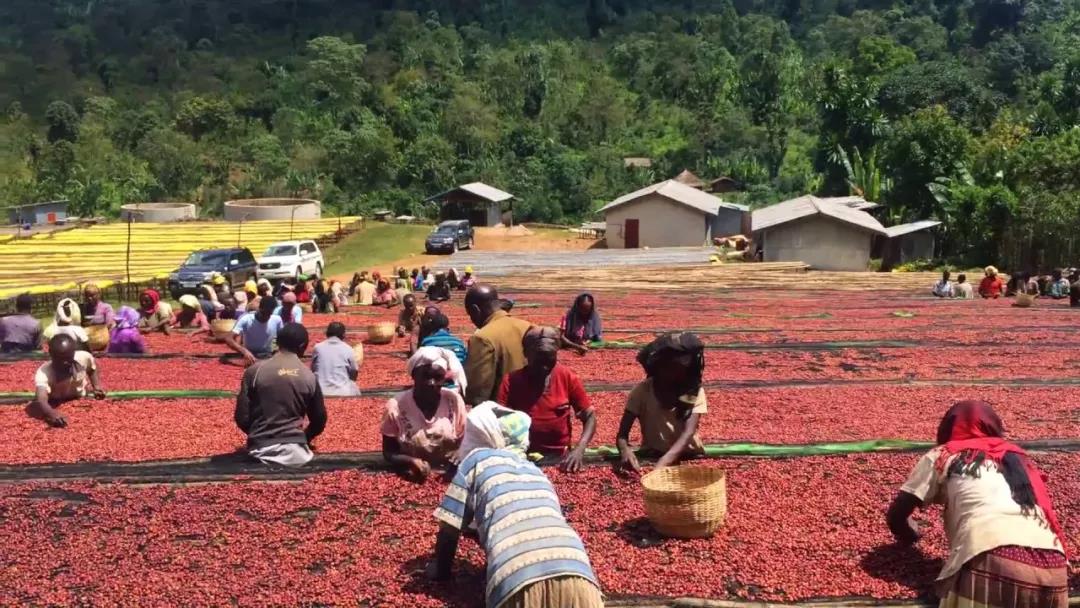
Red Cherry Project is also a reinforcing practice, which makes farms spend more time in the process of screening beans. The prices of these coffees are relatively high. Red Cherry Operation includes washed beans, sun-dried beans, semi-washed beans, semi-sun-dried coffee, experimental coffee, etc. The main producing areas include Yega Shefi, Sidama, Pengjia Forest, Leganti, Kembata, Iruba, Hara, Lim, 2011 to join Koroga Golocha producing area (near Harar), etc. These are unique flavors. It can fully display the flavor of Ethiopian coffee. Trabocca will select coffee after receiving it. Farms that meet the standard of cup test quality in Ethiopia and Holland will pay high prizes.
Trabocca, the promoter of the Red Cherry Project, invested all the profits earned in recent years in the cooperative farm. Trabocca emphasized that this was a plan without benefits, so the company only had four people, including the boss and secretary, to implement the Red Cherry Project. Other administrative related matters were supported by the parent company to reduce administrative expenses, and all profits were returned to the cooperative farm.
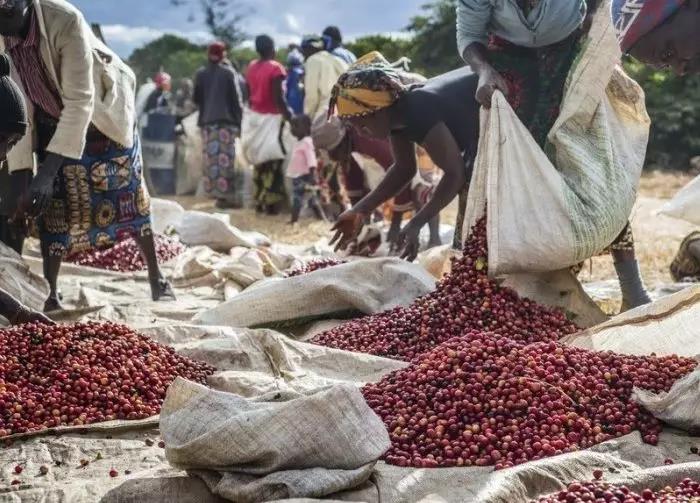
Trabocca is the largest coffee bean merchant in the Netherlands. This company has deep roots in Ethiopia. The founder of the company, Menno Simons, knew almost nothing about coffee until he traveled to Ethiopia and accidentally was amazed by the unique taste of local native coffee beans. At the same time, it is also engaged in the trade of other primary agricultural products, including cocoa and various fresh fruits, and is committed to finding various high-quality raw materials, paying attention to environmental protection and paying attention to farmers 'lives.
Our vision is "Discover, Develop, Deliver." Menno Simons started his company by visiting coffee growing areas, plantations and processing plants across Ethiopia to discover the fascinating variety of coffee beans. The Red Cherry Project was born.
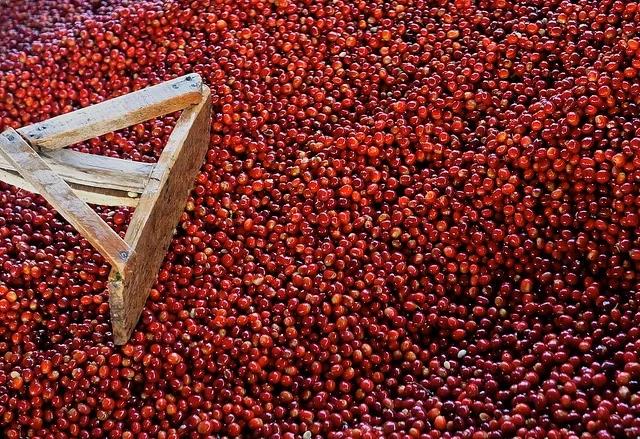
First of all, the cup test score requirements are high. In Addis Ababa, Ethiopia, and Amsterdam, the Netherlands, Trabocca receives coffee from its origin and sifts it through two cups in Ethiopia and the Netherlands to determine whether the beans meet the criteria. Qualified coffee beans are auctioned off by Trabocca to coffee bean buyers worldwide. Generally, the transaction price of coffee beans auctioned through this platform can reach more than 4 times the international spot price of general coffee, and the highest price can even reach 20 times.
Secondly, the yield requirements are small and the quality requirements are high. In order to have enough energy to take care of these local top beans in Ethiopia, Trabocca proposed that the bean production involved in the project must be small batches, with a yield of about 1500kg-3000kg.
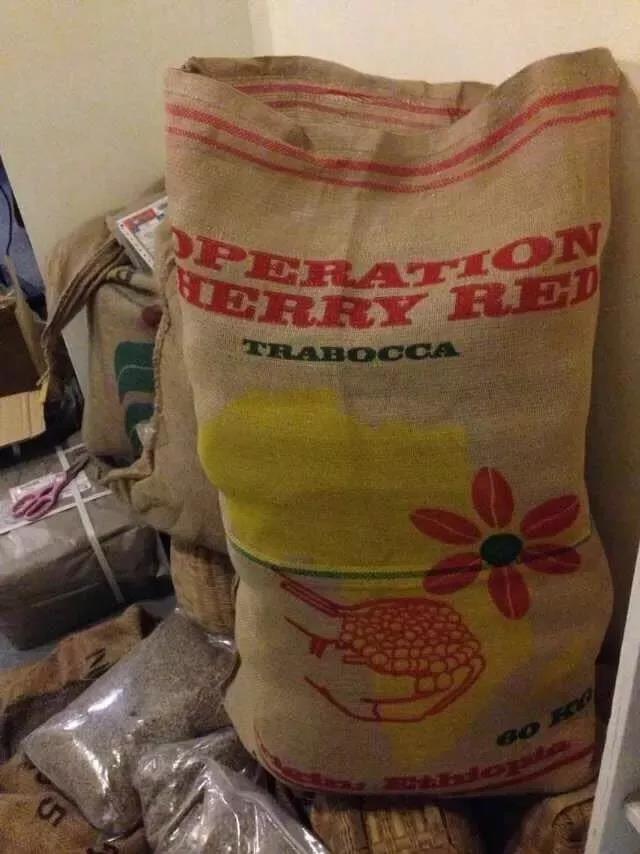
Finally, Trabocca's commitment and attention to this project is highly valued. Trabocca donated new sun dryers, sun screens, generators and more locally. At the same time, financial loan support, new hardware equipment and production processing knowledge are provided to help farmers improve their production level. In addition, through real-time monitoring, safe transportation and other means, to ensure that the "Red Cherry Project" beans in each link can be the best care.
Specifically, Red Cherry plans to encourage coffee farmers to be more careful in every process of picking, processing, etc. by raising the purchase price of premium green coffee beans. The coffee beans produced in this way have better quality and taste, and can be better recognized by the end market, thus balancing the relatively high purchase price of coffee.
| Aricha treatment plant--non-red cherry scheme
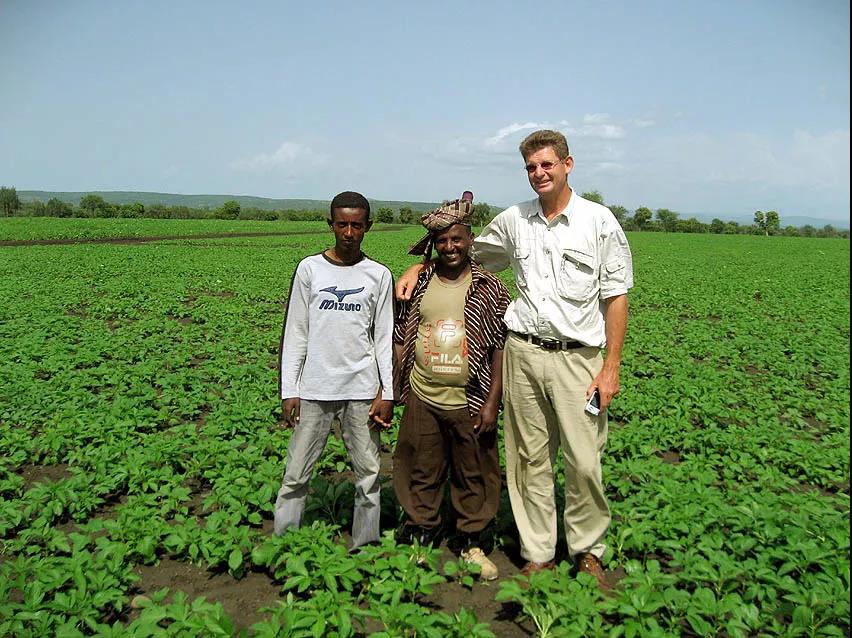
Yegashfield Misty Valley: Yegashfield Misty Valley. Since the introduction of water washing techniques in the late 20th century, the number of defective beans has been greatly reduced due to water washing, contributing to the popularity of coffee beans from this region among coffee fans all over the world. Abdullash Bagersh, a local coffee merchant, missed the traditional flavor of sun-baked beans, so he improved the processing method of sun-baked beans, improved the flavor and reduced the defect ratio, and launched three extremely famous yega-shefi sun-baked beans: Idido Misty Valley, Beloya and Aricha.
Yeshifi Aricha: Yeshifi Aricha, formerly Idido. Famous coffee bean processing plant near Yerga Shefi
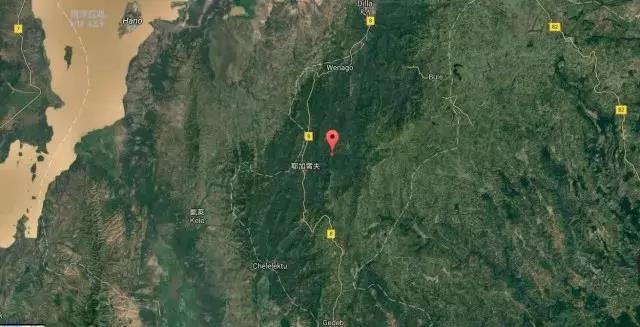
Misty Valley (red coordinates) The production area closest to Yegashev (formerly: Idido/today: Arika Coffee Bean Processing Plant)
There are many high-quality coffee processing plants in the Yegasherfi region, and a lot of caffeine comes from these processing plants and becomes a hundred times more valuable. The sun-dried Yegasherfi produced by Kebel Aricha Mill is one of them. This coffee is also known as ARICHA beans. It is processed by Kebel Aricha processing plant through fine sun-drying method and is classified as Gr.1 or G1 (the highest grade of Ethiopian coffee) by ECX. It is known as the "King of Fruits".
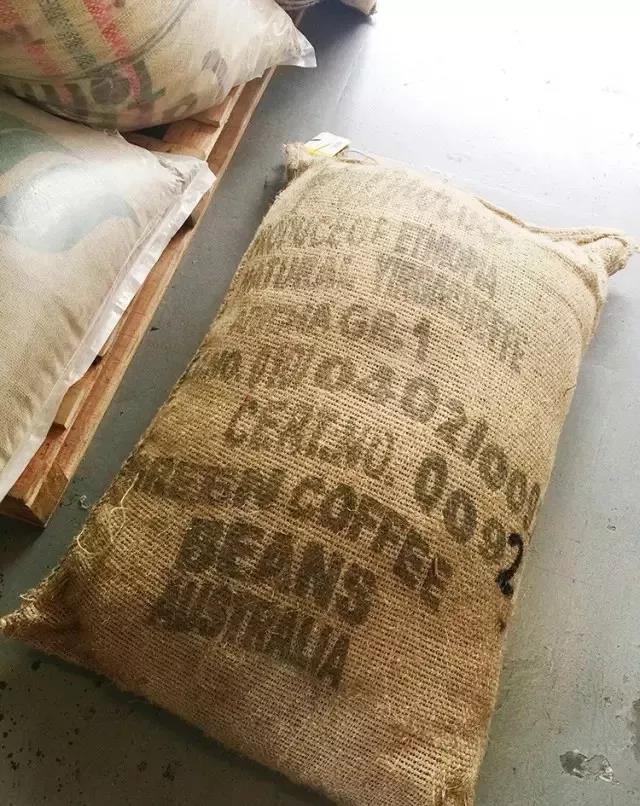
After screening available coffee cherries in the treatment plant, the coffee cherries with intact pulp and peel are placed in an elevated shed for sun treatment. It is this way of putting high-intensity labor into the shed to isolate contact with the ground and prevent the dirt from being produced in the process of sun exposure, thus creating an unusually clean fruit flavor.
After more than two weeks of sun exposure, the dark brown coffee cherries are professionally stored while the full flavor ripens. Before shipment, the processing plant will take the coffee beans out of the coffee cherries, sweet feeling can be imagined.
| green bean contrast
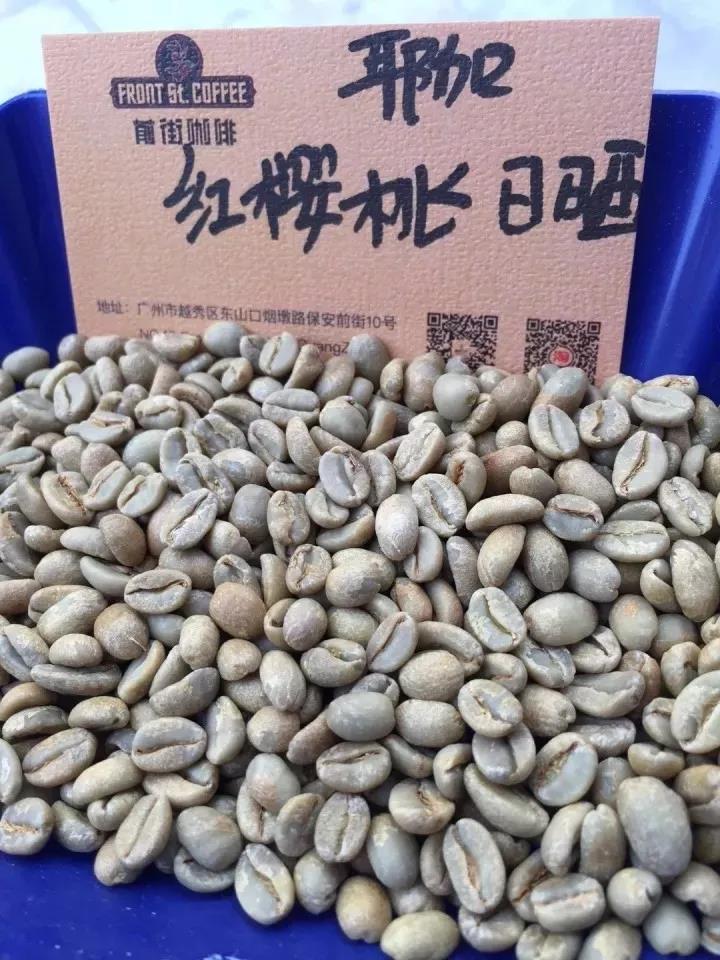
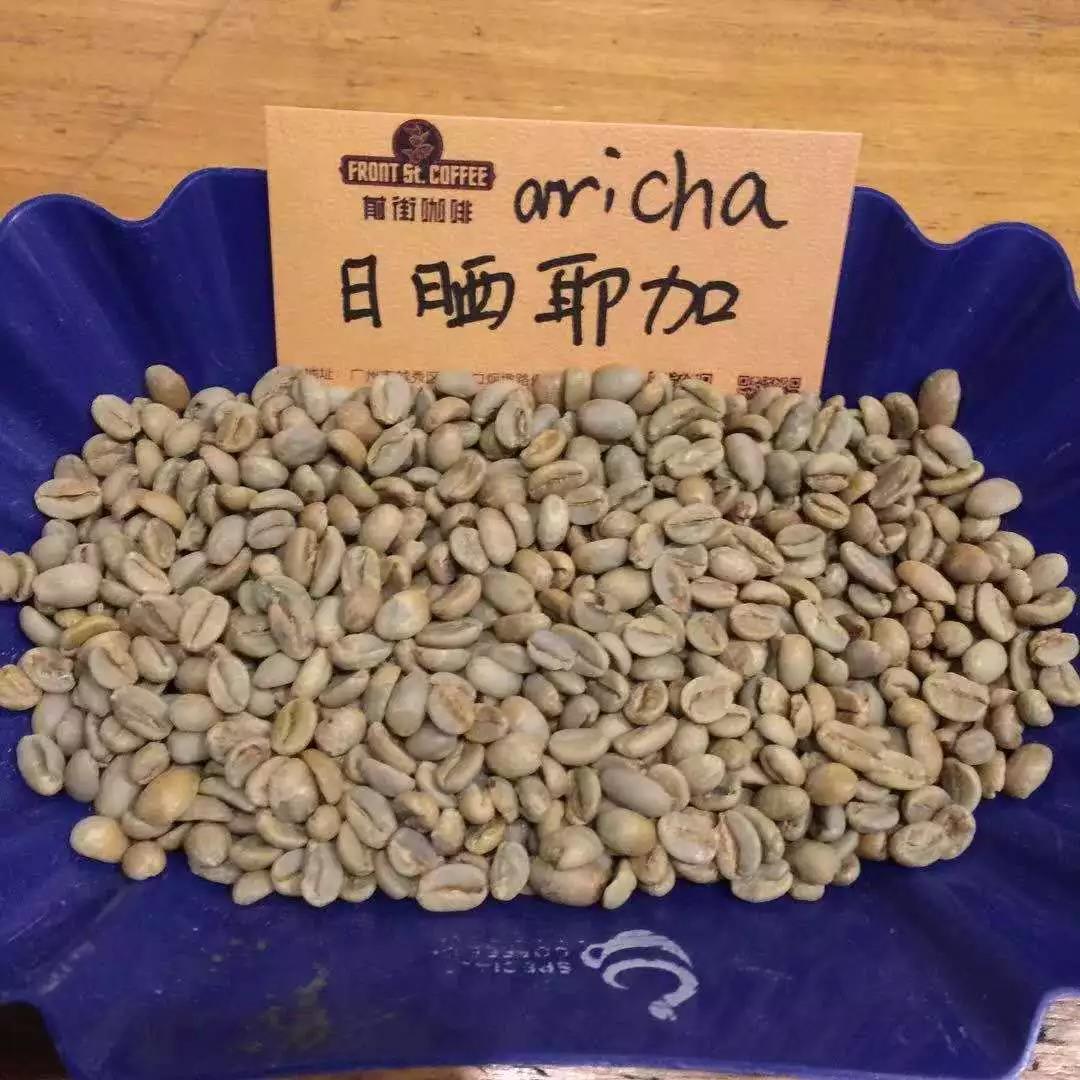
Yega Shefi is a native species, small particle species, round shape, small bean body, mostly between 14-15 orders.
Red cherries and aricha belong to G1 level, from the raw beans to see the color yellow green, is a typical sun coffee color, particles are even and full, less defective beans.
| baking contrast
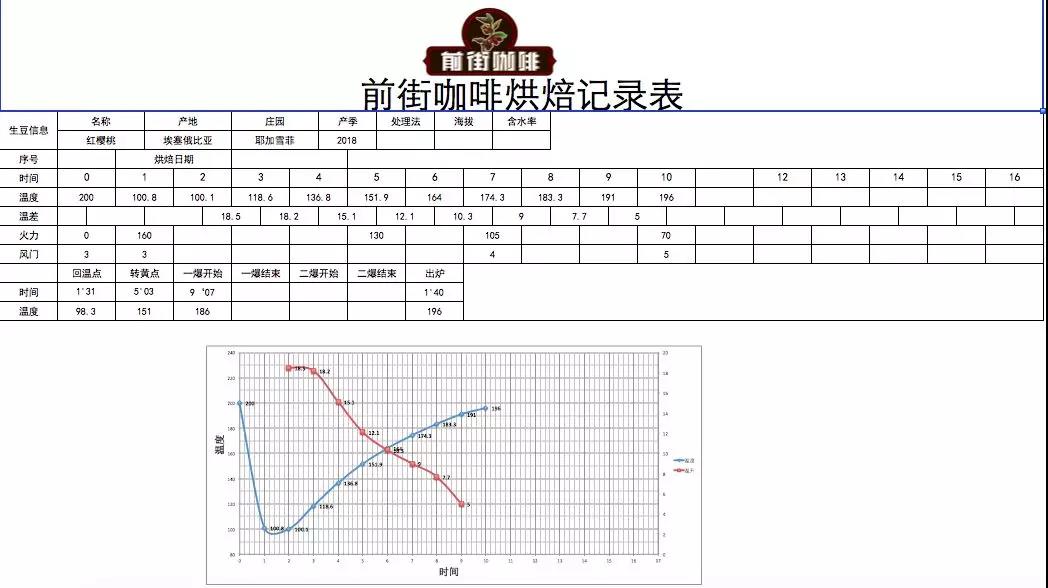
[Red Cherry]: Cook at 194 degrees.
[Aricha]: Pot at 198.6 degrees
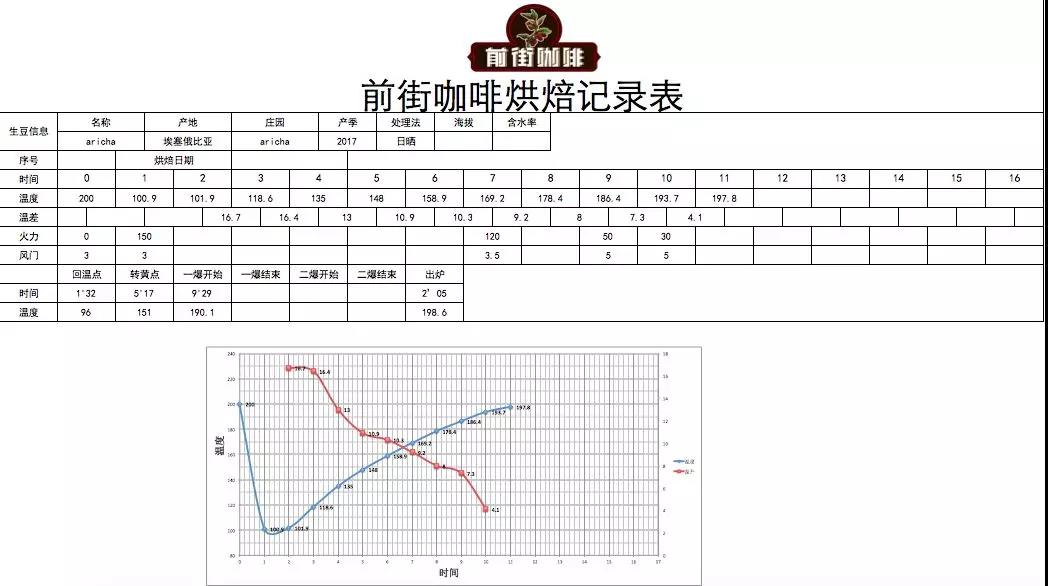
From the baking curve, the baking curve of red cherry is smoother, while Aricha is more bumpy, this is because the maturity of Aricha beans is not as uniform as red cherry, so we slightly prolong the dehydration time of Aricha, so that the overall color of Aricha is more uniform and the development is more plump.
Red cherries have a more even ripeness and clean flavor, so we took a light medium roast to retain more floral acidity and ripe fruit fermentation aromas.
Although the temperature and development time of Aricha are longer than that of red cherries, the temperature of red cherries after explosion is higher than that of Aricha, so that it can obtain a fuller sweetness and aroma; while Aricha has a long time after explosion, but the temperature is not high, so it makes a certain type of flavor stronger, but the overall is slightly thin, but the advantage of this baking is that it looks good and can get a cleaner flavor.
| cup test pair
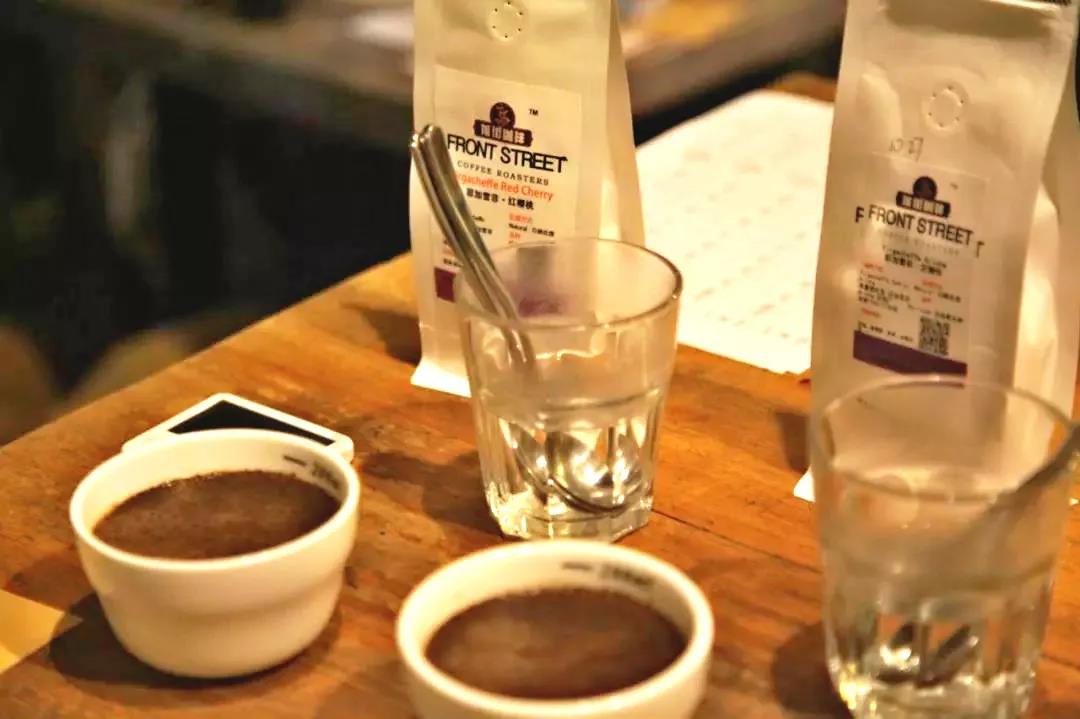
Red cherry: strawberry, berry, cream, spice, almond, oolong tea
Aricha: Fermented fruit, apricot, cedar, berry, black tea
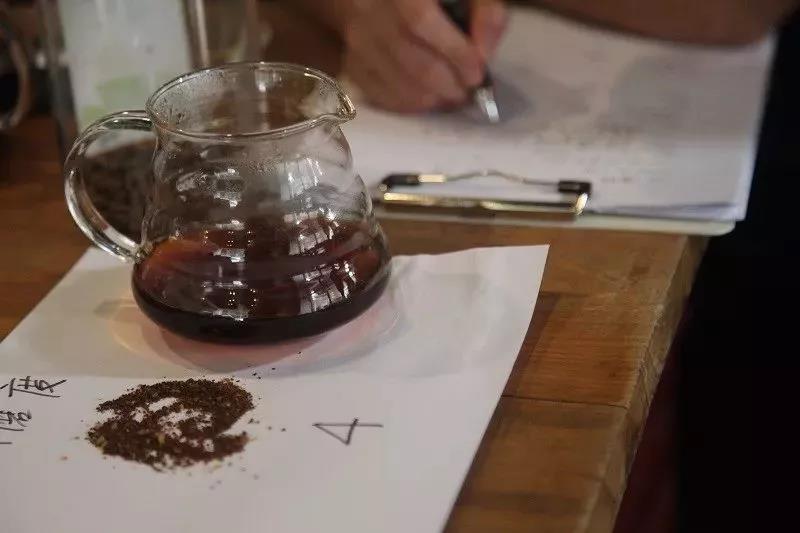
In fact, the flavor of the two beans in the cup test is quite close, both are sweet and strong, and the overall presents a soft, clean temperament. However, the red cherry aroma is cleaner and more elevated, while the Aricha fermentation flavor is stronger. The berry flavor of red cherry is more obvious, with some aftertaste of oolong tea; the aroma of Aricha is fresher, with apricot and black tea aftertaste.
Although there is not much difference between red cherry coffee beans and non-red cherry coffee beans from the raw beans, there is still a clear gap between the two from the roasting and cup test. Because the maturity of red cherry coffee beans is more uniform, it can also retain a large amount of floral acid when roasting. Non-red cherry coffee beans, because of the uneven maturity, it is difficult to balance the uniformity of roasting with the fullness and cleanliness of flavor.
Important Notice :
前街咖啡 FrontStreet Coffee has moved to new addredd:
FrontStreet Coffee Address: 315,Donghua East Road,GuangZhou
Tel:020 38364473
- Prev

"stable Circle" + "soft Water injection" + "cut off Water" | practical practice of hand flushing skills
Professional coffee knowledge exchange more coffee bean information Please follow the coffee workshop (Wechat official account cafe_style) many people want to learn how to brew coffee by hand recently several coffee lovers have asked about the skill of hand brewing from time to time, why is it not so-and-so making fragrance and sweetness? It seems very simple, but it's not too difficult. It's just that I often see someone pick up a hand-made pot and start to circle around.
- Next
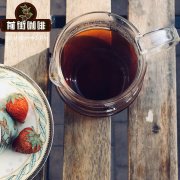
Neiba production area, Baoluko, Dominica | Barajona Novi family iron pickup, Kaddura
Professional coffee knowledge exchange more coffee bean information please follow the coffee workshop (Wechat official account cafe_style) Dominica Baoluko Neiba production area | Barahona Novi family tin truck, Kaddura hand recommendation? After the Novis family emigrated to Neiba, they continued to plant Tibica for three consecutive generations. Coffee from the Neba region is found in Baraona and Baraona in the Baoluko Mountains.
Related
- Detailed explanation of Jadeite planting Land in Panamanian Jadeite Manor introduction to the grading system of Jadeite competitive bidding, Red bid, Green bid and Rose Summer
- Story of Coffee planting in Brenka region of Costa Rica Stonehenge Manor anaerobic heavy honey treatment of flavor mouth
- What's on the barrel of Blue Mountain Coffee beans?
- Can American coffee also pull flowers? How to use hot American style to pull out a good-looking pattern?
- Can you make a cold extract with coffee beans? What is the right proportion for cold-extracted coffee formula?
- Indonesian PWN Gold Mandrine Coffee Origin Features Flavor How to Chong? Mandolin coffee is American.
- A brief introduction to the flavor characteristics of Brazilian yellow bourbon coffee beans
- What is the effect of different water quality on the flavor of cold-extracted coffee? What kind of water is best for brewing coffee?
- Why do you think of Rose Summer whenever you mention Panamanian coffee?
- Introduction to the characteristics of authentic blue mountain coffee bean producing areas? What is the CIB Coffee Authority in Jamaica?

